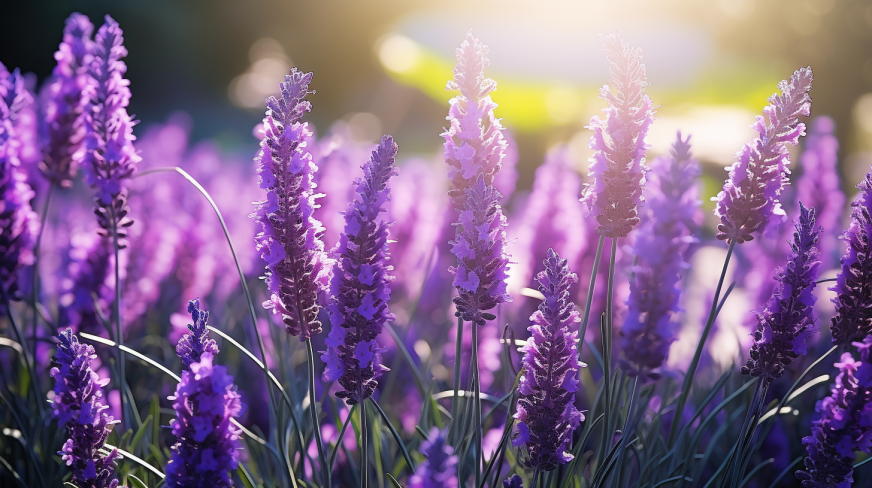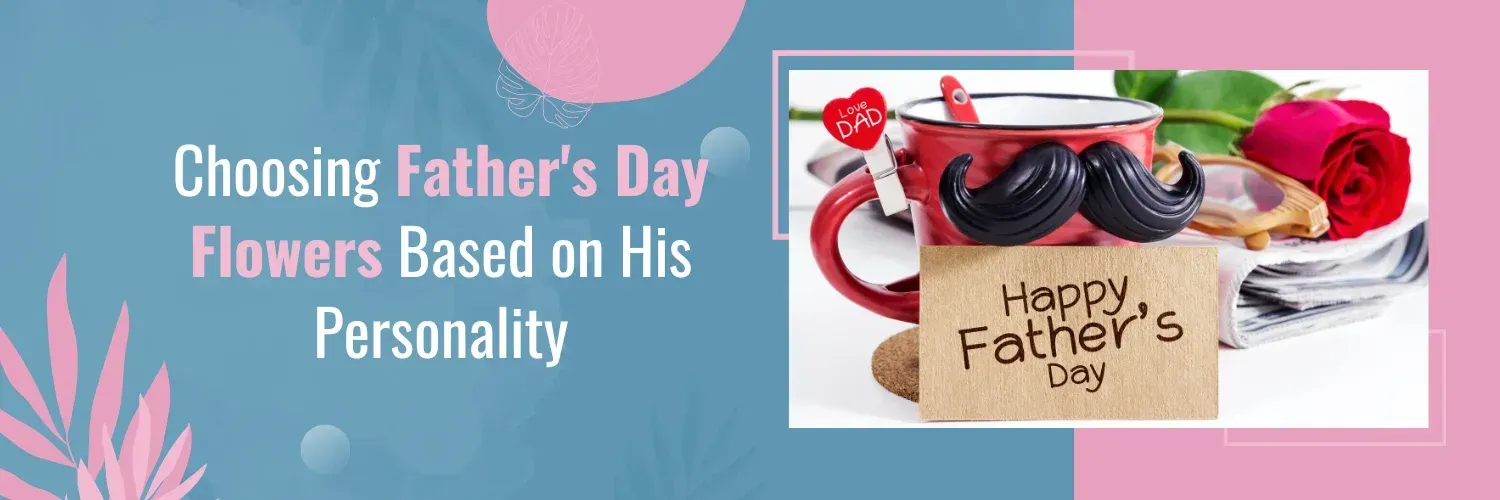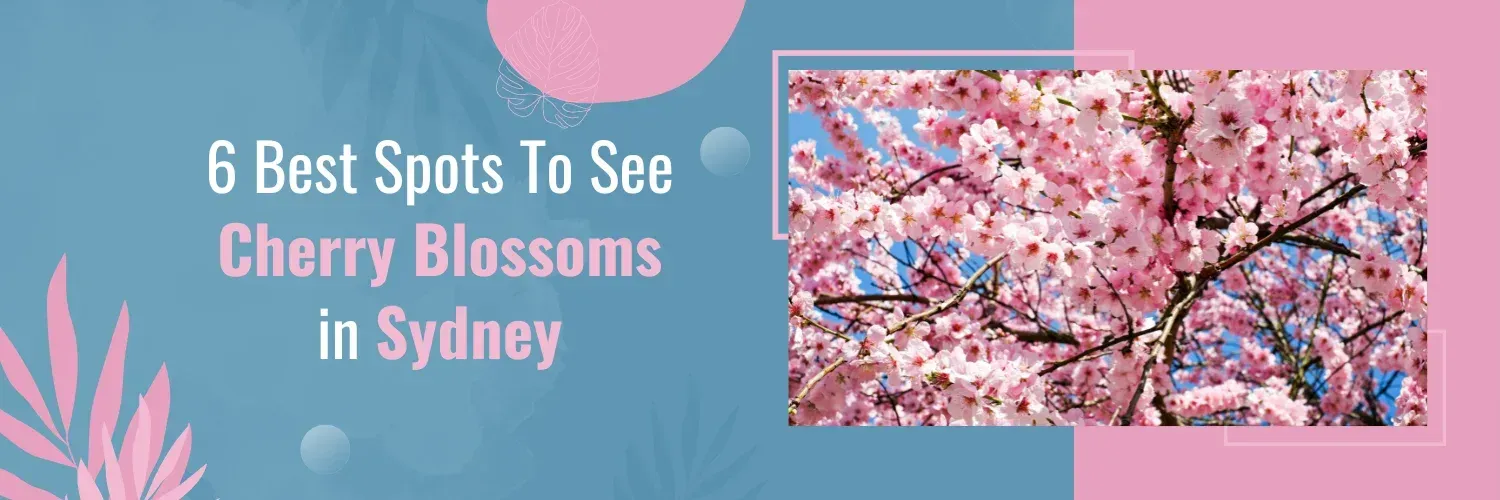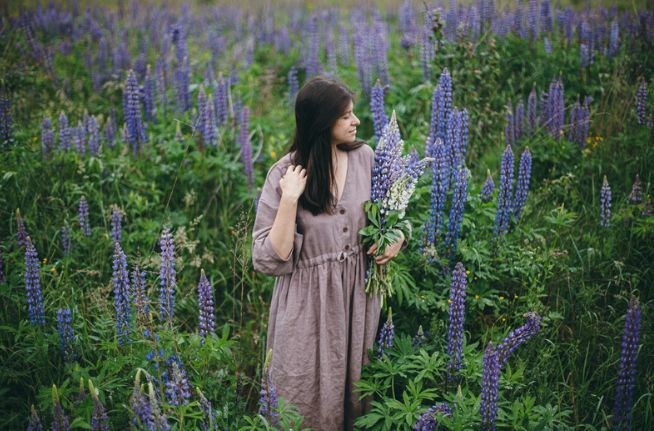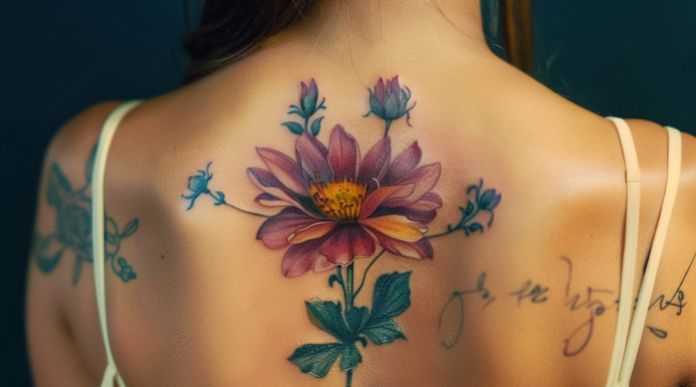Purple-Flowering Plants
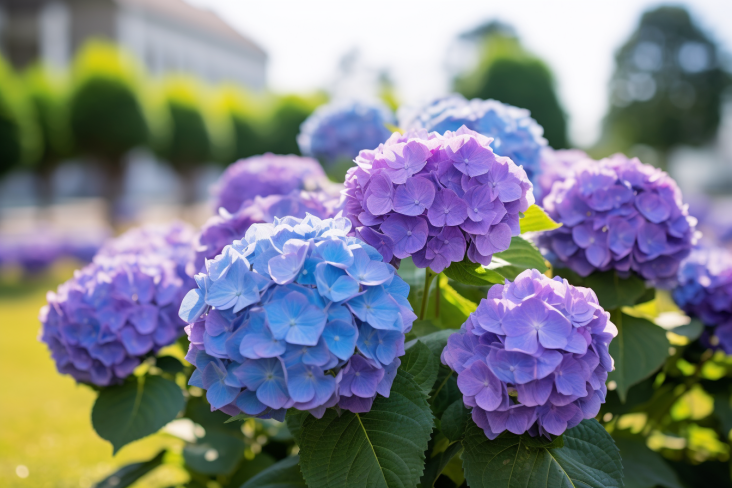
Looking to jazz up your garden with a royal touch? Purple flowers, linked to richness and elegance, might be just what you need! These graceful blooms, bursting in shades from soft lavender to deep violet, provide a stunning chromatic diversity. Expect to discover a range of purple-flowering plants from annuals to perennials, ground covers to climbing varieties, with tips on how to make them thrive in your garden. Don’t worry about attracting bees and butterflies—they love purple! So, ready to add a pop of purple to your green space? Let’s dive in!
10 Beautiful Plants With Purple Flowers For Your Garden
1. Allium
The Allium plant, also known as ornamental onion, presents elegant ball-shaped flowers, typically in a majestic purple shade.
- Loved by pollinating insects.
- Displays a sphere of tiny star-shaped flowers.
- Can grow in a range of hues and heights.
2. Alpine Betony
Looking for a whimsical touch to your garden? Meet Alpine Betony, a lovely perennial that thrives from early spring to fall. This plant is quite the crowd-pleaser with its vibrant green textured leaves and pretty purple flowers. Here are some features that make the Alpine Betony an excellent choice:
- It shoots up to a height of 18 to 20 inches, boasting radiant shades of warm, pinkish purples.
- Plant it in borders or containers, in full sun to partial shade.
- It’s a low-maintenance plant, needing only infrequent watering and summer feed.
- Alpine Betony is a favourite among pollinators but is unpalatable to deer and rabbits, making it an ideal protector for your other garden favourites.
3. Purple Anemone
The Purple Anemone is a charming herbaceous perennial you’d love for your garden. Blooming beautifully in spring, it’s a dynamic part of the Buttercup family.
Top features include:
- Lilac, blue, white, and pink blooming colours
- Thrives in partial to full shade
- Cultivates well in slightly acidic, rich soil
- Drought-tolerant when dormant
- Spreads easily once established
However, keep in mind:
- Slightly challenging to grow.
- Slow to grow initially.
- Only should be moved in spring.
- Not taller than 12 inches, limiting visibility.
- Requires feeding with organic fertilizer or compost in late fall.
4. Anise Hyssop
Anise Hyssop, also known as Agastache foeniculum, is a beautiful lavender-bloomed plant from the mint family, producing a licorice-like scent and attracting bees and butterflies.
Its top features include:
- Licorice-scented foliage
- Lavender blooms
- Attraction for bees and butterflies
- Edible flowers and leaves
- Growth up to 4 feet
The Pros:
- Drought-tolerant, thriving with infrequent watering.
- Resistant to deer damage.
- Licorice-scented, offering a pleasant aroma.
- Suitable for sunny as well as partially shaded areas.
- An attraction for pollinators, benefiting your garden ecosystem.
The Cons:
- Prone to root rot, requiring well-draining soil.
- Can grow quite tall, requiring space.
- Requires early spring feeding with a balanced fertilizer.
- May be unaesthetic when the plant is bruised.
- The scent may be strong or unfavourable to some.
5. Purple Aster
Your garden will bloom with the addition of Purple Aster plants. These gems, famous for their stunning purple flowers, are not only beautiful but also inviting to pollinators such as bees and butterflies. These fall favourites can grow up to 24 inches tall, thrive in zones 5-8, and can stand bright in your garden when most flowers start to fade.
Top Features:
- Offers various shades of purple, from amythest to burgundy, as well as pink, white, and yellow
- Attracts late-season pollinators like bees, butterflies, and hummingbirds
- Grows 18 to 24 inches tall and up to 36 inches wide
- Hardy in zones 5 through 8
- Blooms in late summer through early fall
- Extremely flexible, available as annuals, perennials, or biennials
- Tolerant to full sun or partial shade and is drought-tolerant as well.
6. Purple Balloon Flower
The Balloon Flower presents a charming addition to your garden with its radiant purple hues, aptly named for its balloon-like buds that burst into star-shaped flowers. Showcasing an enduring beauty, this plant is not just a feast for the eyes but a no-fuss addition to your green space as well.
- The Balloon Flower is native to East Asia, offering mesmerizing balloon-shaped buds that turn into star-like flowers.
- It’s a drought-tolerant plant that thrives in well-drained soil under full or partial sun.
- Best suited for growing zones 3 to 8, this plant delights in rich soil with moderate moisture.
- It’s an excellent complement to gardens focused on purple hues, sitting well alongside other purple blooms like lilacs and clematis.
7. Bear’s Breeches
Bear’s Breeches (Acanthus mollis) is a standout perennial native to the Mediterranean. Here’s why it would be a compelling addition to your garden:
- Its striking hooded flowers grow on tall spires above bold, spine-covered leaves
- Blooms last for months under full sun, adding a long-term splash of purple
- Its impressive size (3 to 5 feet tall), makes it excellent for accenting or adding height to your garden bed
- Hardy in winter temperatures down to -20 degrees F
- The plant is deer and rabbit-resistant, making it a smart choice for wildlife-prone areas.
8. Bee Orchid
Meet the fascinating Bee Orchid, an expert at floral mimicry. If you’re a fan of purple flowers and uniqueness, this is most certainly a star addition. Here’s why:
- Its stunning plumage includes three deep purple petals, their hue rivalling the night sky’s beauty.
- The fourth petal has an uncanny bumblebee resemblance, contributing to its intriguing plant-pollinator relationship.
- It thrives best in zones 6 to 9, requiring moist, well-drained soil and light shade.
- Besides being an eye-catcher, the Bee Orchid symbolizes beauty, elegance, love, and wealth.
9. Bell Heather
Bell Heather, a.k.a Erica cinerea, is an exquisite touch of purple for your garden. This shrub boasts brilliant flowers and brings an element of charm that’s hard to rival.
Characteristics of Bell Heather:
- It grows to about 20 inches tall
- Exhibits vibrant pink-purple bell-shaped flowers
- Mostly pest-free and deer-resistant
- Thrives well in drought conditions
- Prefers full sun
Pros:
- They’re low-maintenance and easy to grow.
- Resilient towards pests and deer.
- Well-suited for various landscapes, including coastal and rock gardens.
- Resistant towards drought.
- Blooms from early spring to early fall.
Cons:
- Requires well-drained soil to grow.
- Limited to growing zones 6-8.
- Needs full sun exposure.
- Becomes straggly without annual pruning.
- Requires a regular watering schedule.
10. Purple Cosmos
If you’re a fan of purple, then Purple Cosmos is a wonderful addition to your garden. Its vibrant hue is an eye-catcher and a guaranteed magnet for butterflies and birds.
Features of Purple Cosmos:
- Rich, purple colour
- Attracts birds and butterflies
- Drought-resistant
- Self-sowing, reappearing annually
- Requires full sun
Pros:
- Easy to grow in well-drained soil.
- High tolerance to poor soil and drought.
- It attracts pollinators, boosting biodiversity in your garden.
- Self-sowing capability means less replanting is required.
- Blooms last from June to November, providing an extended colour burst.
Cons:
- Needs sheltering from strong winds.
- Over-fertilization can prevent its blooms.
- Requires moderate watering.
- It can crowd out other plants because of its self-sowing feature.
- Full sun exposure is required, limiting shaded areas for planting.











